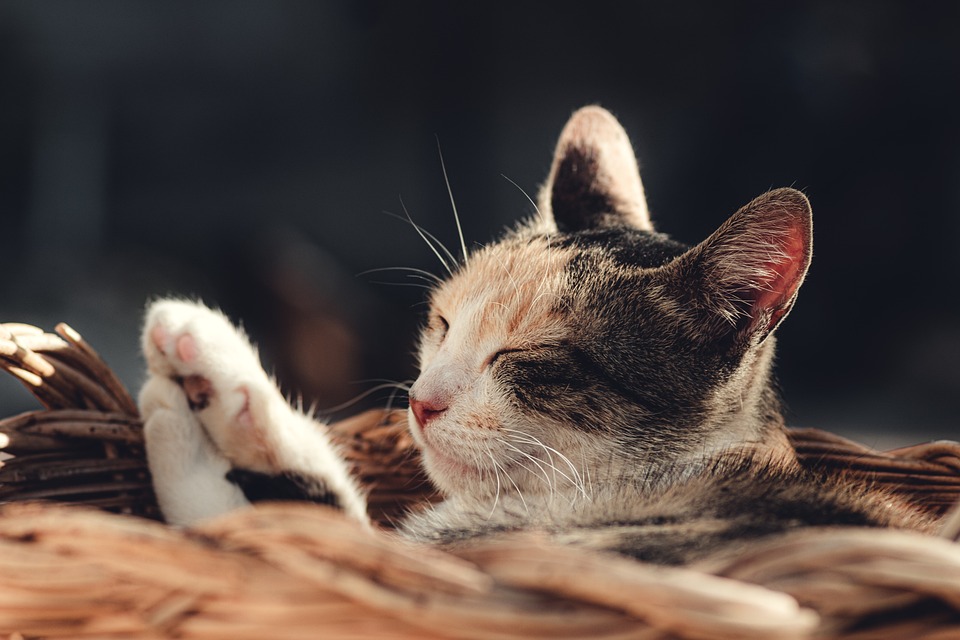Introduction:
Playtime is not just a source of entertainment for cats, but it is also essential for their overall health and well-being. A structured playtime routine can provide numerous benefits for your feline friend, including mental stimulation, physical exercise, and the opportunity to engage their natural hunting instincts. In this article, we will guide you on how to create a safe and enjoyable playtime routine for your cat.
Setting up the Perfect Play Area:
The first step in creating a safe and enjoyable playtime routine is to designate a specific play area for your cat. This area should be free from any potential hazards such as toxic plants, electrical cords, or small objects that can be swallowed. It should also be stimulating, with scratching posts, climbing structures, and hiding spots to keep your cat engaged. If your cat has access to the outdoors, ensure that the play area is secure and escape-proof.
Understanding Your Cat’s Play Preferences:
Cats have different play styles and personalities, so it’s crucial to understand your cat’s preferences to make playtime enjoyable for them. Some cats may enjoy chasing wand toys, while others prefer interactive puzzle toys or treat dispensers. Observe your cat’s behavior during playtime to identify their favorite activities and adapt the playtime routine accordingly. Additionally, consider your cat’s age and physical abilities when choosing play activities.
Safety First: Precautions and Supervision:
Before starting playtime, take necessary precautions to ensure your cat’s safety. Remove any potential dangers, such as toxic plants or small objects that could be swallowed. Supervise your cat during playtime to prevent accidents or injuries. Pay attention to your cat’s behavior and energy levels, and if they become overly aggressive or exhausted, it’s time to take a break. Always remember to store toys safely when not in use to avoid any choking hazards.
Engaging Play Techniques:
Interactive play is the key to a successful playtime routine. Use wand toys or laser pointers to engage your cat’s hunting instincts. These toys allow you to mimic the movement of prey, keeping your cat entertained and mentally stimulated. Environmental enrichment through puzzle toys and treat dispensers can also provide mental stimulation during playtime. Additionally, you can create DIY playtime options using everyday objects such as cardboard boxes or crinkly paper to keep your cat entertained.
Adding Variety to Playtime:
To prevent boredom, it’s important to add variety to your cat’s playtime routine. Rotate toys regularly and introduce new ones to keep your cat engaged. Incorporate different play activities and games to stimulate your cat’s mind and body. Scheduling regular play sessions throughout the day, especially during periods when your cat is most active, will ensure they have ample opportunities to release energy and engage in play.
FAQs (Frequently Asked Questions):
1. How long should each play session last?
The ideal play session duration depends on your cat’s age, energy level, and health. Generally, aim for two 10-15 minute sessions per day for adult cats, while kittens may require shorter but more frequent playtimes.
2. Can I leave my cat alone with toys during playtime?
It’s best not to leave your cat alone with toys, especially those that could pose a choking hazard or have small parts that can be ingested. Always supervise playtime and store toys safely when not in use.
3. My cat seems disinterested in toys. What should I do?
Cats have individual preferences, so try different types of toys and play techniques to find what your cat enjoys. Experiment with feathers, crinkly toys, or catnip-infused items. Additionally, consult with a veterinarian to rule out any medical issues that may affect your cat’s playfulness.
4. Is it necessary to tire out my cat during playtime?
While it’s important to provide mental and physical stimulation, the goal isn’t to exhaust your cat completely. Playtime should be enjoyable and help release excess energy, but be mindful not to overstimulate your feline friend. Adjust the intensity and duration of play sessions according to your cat’s needs.
Conclusion:
Creating a safe and enjoyable playtime routine for your cat is essential for their physical and mental well-being. By understanding your cat’s play preferences, taking necessary safety precautions, and incorporating engaging play techniques, you can strengthen the bond with your cat and provide them with an outlet for their natural instincts. Regular playtime will not only keep your cat happy and healthy but also create a harmonious and fulfilling environment for both of you.








